Instruction
Playing Lesson: How would you play these shots?
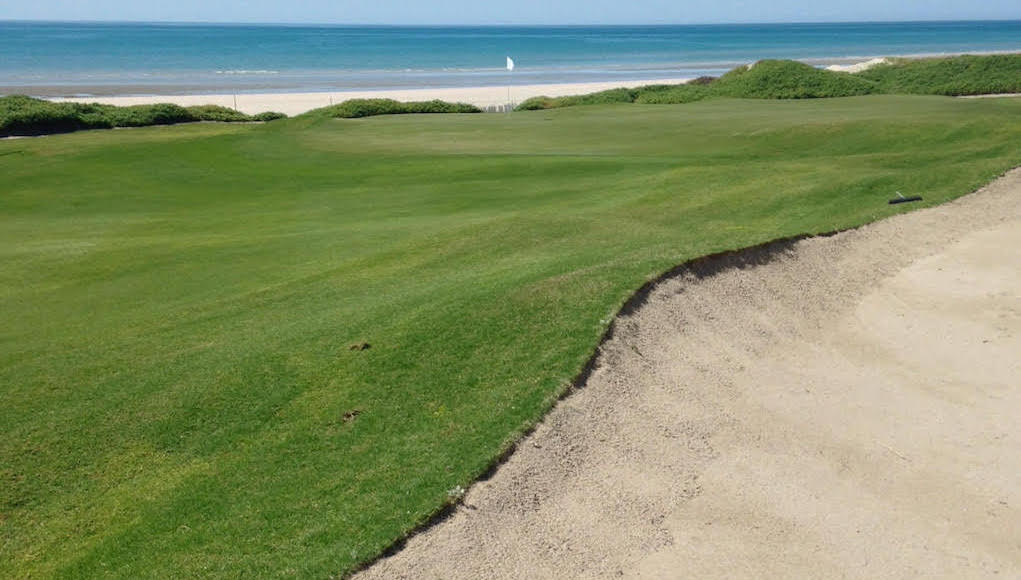
All too often, I see golfers frustrated and confused after taking lessons. Many practice diligently, but don’t see the results they want on their scorecard. They improve their game, skills and ball-striking, but not their score.
Often, this is due to scoring mistakes rooted in improper course management. No matter how drastic your improvements, if you’re still making the same mental errors, your scores won’t improve, at least not at the rate you want.
Below, I take you through some shots and situations I encountered while at Puerto Peñasco, just south of the border of Arizona on the Northern part of the Sea of Cortez, where the hilly lies and green-side slopes give you more than you can ask for by way of a challenge. I hope that offering my thoughts in this playing lesson will encourage you to think more critically during your rounds of golf.
Tee shot: Reachable Par-5
Here is the tee shot on No. 18. The fairway slopes from right to left, the wind blows from right to left and the fairway pinches in around the bunker on the left side of the fairway, which is the normal landing area.
As a reachable par-5, the risky play is to hit driver into the smallest part of the fairway. The slope of fairway and predominate wind could force the ball too far left into the deep bunker, however, where going for the green probably isn’t an option. The safer play is to hit a shorter club off of the tee, taking the bunker out of play, and aim for the widest part of the fairway, but from there it becomes a three-shot hole.
Which shot would you choose and why?
I do my best to make my golfing decisions through logic, not emotions, unless the state of the match dictates a different strategy. In this situation, I’ve hit 13 other tee shots on the day, so I should have a very good idea of how I’m playing and what type control my swing is providing. If I feel confident and the conditions are favorable, then I will hit driver in hopes of reaching the green in two.
If my misses that day are going right, I’ll hit fairway wood, since most of the trouble is on the right on this hole. But if my misses have been left, or hooking, then I may just aim a touch right and allow the wind and my hook to bring the ball back into the fairway. At worst, I’ll still be able to reach the green in three shots.
Remember to use your trends, confidence and the conditions to help you find the fairway off the tee. Sure, sometimes you will hit the ball out of play, but if you use all the information you have at hand you’ve done all you can do.
Where to lay up
After your tee shot (congrats on finding the fairway, by the way), you cannot reach the green and you have to lay up with a hybrid or long iron. The lay-up shot is to a fairway that slopes uphill from left to right, and the pin is cut on the right center of the green. From the picture below, you can see that most of the trouble is on the right side of the hole and the predominate wind is from right to left.
Where would you aim?
First of all, I take into account what yardage I want to have into the pin. Personally, I want to hit my lay-up shot as close to the green as I can, since that offers me the best chance to make birdie. This isn’t the case for everyone, however, so make sure to figure out the approximate distance you want into the green, then subtract that from your total to the green.
For me, I want to lay up with the longest club I can where I KNOW I’ll have no trouble finding the fairway a majority of the time. Once I have selected this club, the next thing I must do is make sure I find the best “look” to the pin for my third shot. Let me show you what I mean, because simply being on the correct side of the fairway can make your next shot easier or harder.
Option 1
Option 2
Both options have the same yardage to pin, but are from different sections of the fairway.
- Option 1 offers a clear shot into the pin and the ability to use the slope to my advantage with a left-to-right shot.
- Option 2 shows the look from the far right side of the fairway, leaving me an uphill, partly blind shot into the pin with a false front short of the pin.
As we know, whenever you hit the ball from an upslope you can usually guarantee that you’ll leave the ball short. If you do so here, the false front will grab your ball and funnel it down farther short and right of the green, leaving you a difficult fourth shot for your up and down.
Remember, your goal is to leave yourself the best yardage possible for your strengths AND to make sure you leave yourself an angle into the pin that works for the conditions and your normal shot pattern. There’s nothing worse than blocking yourself off from the pin location due to improper planning on a lay-up shot. Watch the Masters next month and you will see what I mean; when players leave the ball in the wrong place, they have issues making pars, let alone birdies!
The long bunker shot
Here’s an example of a shot that haunts the average golfer, and can certainly cause a blow-up hole that ruins your handicap and score for the day. So let’s take a look at the situation.
We’ve bailed out right on an approach shot, and now we’re faced with a long bunker shot with fairway between the green and the pin. The wind is into us, the fairway and green run away from us toward the ocean, and the conditions are firm. The ball won’t hold the green unless we’ve hit the shot nearly perfectly.
What kind of shot would you play here?
Most people in this situation would try and pick the ball out of the bunker, or hit a long bunker shot with a sand wedge onto the green. Both shots are lower percentage because, first of all, very few practice these shots and secondly, there are red stakes just past the green.
What would a better player do from here? The first thing I would examine is the lie and the lip of the bunker. As you can see, the ball is sitting up very nicely and the lip is basically out of play, which gives us a few other options. The next thing I would examine is the firmness of the sloping fairway in front of the green. As stated earlier, the slope is running toward the green, and since the wind is blowing there is no moisture in the grass to help stop the ball.
So what’s my best play? I would first make sure I took the big number out of play. By hitting a picked shot or long bunker shot with a sand wedge, I can make a 2, 3, 4, 5, or even more. But if I choose a higher percentage shot like a bump-and-run, landing the ball well short of the green and depending on roll to get it there, or a bunker shot with an 7, 8 or 9 iron, both options take big numbers out of the picture. Sure, I could hit the safe shot like a buffoon and make a big number, but the odds are that I won’t and a par or bogey is the worst I’ll make.
Sometimes, being a hero or trying to “look” like a Tour Player is out of the question because of the risk/reward. Personally, I would look at this shot as one where I hit a bad approach and I need to escape with nothing worse than a bogey. The odds of me making par are slim, so let’s not make double trying to get cute.
Remember that hitting the “right” shot is not always the one that gives you the most style points in the end.
Flop, or not?
This is a very typical green-side shot that gives people fits and usually causes much more anxiety than it should.
Think about how you would play this shot.
Here you can see that we have our ball just off the green, but we have to loft a shot in the air to a tight pin with a green that’s running away from us. Most of the time, I see the lob wedge coming out and the Phil Mickelson super-flop swing warming up!
As you know, these are shots that beg to be left short on the mound, giving you the opportunity to hit the same shot all over again! So what’s the best play?
Take your time to look around the pin… what do you see? There’s a backstop just past, which means we won’t have to hit the super flop and can use a more square-face shot, which offers more consistency. From here, you can make your normal pitch swing, land the ball between the fringe and the pin, run it up the slope, and watch it drift backward down to the pin again. Two chances to make it for birdie!
Not every shot requires you to hit the super flop. The key for most players is to opt for the shot that’s easiest for them to pull off time after time, and still allows them to get up and down. Phil practices flop shots every week at a tournament site, while you probably only play on the weekends and rarely practice your short game.
Wouldn’t it make more sense to use the backstop and take short and the mound out of play? Chances are you’ll hit a better shot than you think and won’t even need the backstop.
- LIKE153
- LEGIT24
- WOW4
- LOL1
- IDHT6
- FLOP4
- OB0
- SHANK13
Instruction
Clement: Laid-off or perfect fade? Across-the-line or perfect draw?

Some call the image on the left laid off, but if you are hitting a fade, this could be a perfect backswing for it! Same for across the line for a draw! Stop racking your brain with perceived mistakes and simply match backswing to shot shape!
- LIKE0
- LEGIT0
- WOW0
- LOL0
- IDHT0
- FLOP0
- OB0
- SHANK1
Instruction
The Wedge Guy: The easiest-to-learn golf basic

My golf learning began with this simple fact – if you don’t have a fundamentally sound hold on the golf club, it is practically impossible for your body to execute a fundamentally sound golf swing. I’m still a big believer that the golf swing is much easier to execute if you begin with the proper hold on the club.
As you might imagine, I come into contact with hundreds of golfers of all skill levels. And it is very rare to see a good player with a bad hold on the golf club. There are some exceptions, for sure, but they are very few and very far between, and they typically have beat so many balls with their poor grip that they’ve found a way to work around it.
The reality of biophysics is that the body moves only in certain ways – and the particulars of the way you hold the golf club can totally prevent a sound swing motion that allows the club to release properly through the impact zone. The wonderful thing is that anyone can learn how to put a fundamentally sound hold on the golf club, and you can practice it anywhere your hands are not otherwise engaged, like watching TV or just sitting and relaxing.
Whether you prefer an overlap, interlock or full-finger (not baseball!) grip on the club, the same fundamentals apply. Here are the major grip faults I see most often, in the order of the frequency:
Mis-aligned hands
By this I mean that the palms of the two hands are not parallel to each other. Too many golfers have a weak left hand and strong right, or vice versa. The easiest way to learn how to hold the club with your palms aligned properly is to grip a plain wooden ruler or yardstick. It forces the hands to align properly and shows you how that feels. If you grip and re-grip a yardstick several times, then grip a club, you’ll see that the learning curve is almost immediate.
The position of the grip in the upper/left hand
I also observe many golfers who have the butt of the grip too far into the heel pad of the upper hand (the left hand for right-handed players). It’s amazing how much easier it is to release the club through the ball if even 1/4-1/2″ of the butt is beyond the left heel pad. Try this yourself to see what I mean. Swing the club freely with just your left hand and notice the difference in its release from when you hold it at the end of the grip, versus gripping down even a half inch.
To help you really understand how this works, go to the range and hit shots with your five-iron gripped down a full inch to make the club the same length as your seven-iron. You will probably see an amazing shot shape difference, and likely not see as much distance loss as you would expect.
Too much lower (right) hand on the club
It seems like almost all golfers of 8-10 handicap or higher have the club too far into the palm of the lower hand, because that feels “good” if you are trying to control the path of the clubhead to the ball. But the golf swing is not an effort to hit at the ball – it is a swing of the club. The proper hold on the club has the grip underneath the pad at the base of the fingers. This will likely feel “weak” to you — like you cannot control the club like that. EXACTLY. You should not be trying to control the club with your lower/master hand.
Gripping too tightly
Nearly all golfers hold the club too tightly, which tenses up the forearms and prevents a proper release of the club through impact. In order for the club to move back and through properly, you must feel that the club is controlled by the last three fingers of the upper hand, and the middle two fingers of the lower hand. If you engage your thumbs and forefingers in “holding” the club, the result will almost always be a grip that is too tight. Try this for yourself. Hold the club in your upper hand only, and squeeze firmly with just the last three fingers, with the forefinger and thumb off the club entirely. You have good control, but your forearms are not tense. Then begin to squeeze down with your thumb and forefinger and observe the tensing of the entire forearm. This is the way we are made, so the key to preventing tenseness in the arms is to hold the club very lightly with the “pinchers” — the thumbs and forefingers.
So, those are what I believe are the four fundamentals of a good grip. Anyone can learn them in their home or office very quickly. There is no easier way to improve your ball striking consistency and add distance than giving more attention to the way you hold the golf club.
More from the Wedge Guy
- The Wedge Guy: Golf mastery begins with your wedge game
- The Wedge Guy: Why golf is 20 times harder than brain surgery
- The Wedge Guy: Musings on the golf ball rollback
- LIKE87
- LEGIT13
- WOW6
- LOL1
- IDHT0
- FLOP4
- OB1
- SHANK8
Instruction
Clement: Stop ripping off your swing with this drill!

Not the dreaded headcover under the armpit drill! As if your body is defective and can’t function by itself! Have you seen how incredible the human machine is with all the incredible feats of agility all kinds of athletes are accomplishing? You think your body is so defective (the good Lord is laughing his head off at you) that it needs a headcover tucked under the armpit so you can swing like T-Rex?
- LIKE0
- LEGIT2
- WOW2
- LOL0
- IDHT0
- FLOP0
- OB0
- SHANK2
-

 19th Hole2 weeks ago
19th Hole2 weeks agoDave Portnoy places monstrous outright bet for the 2024 Masters
-

 19th Hole4 days ago
19th Hole4 days agoJustin Thomas on the equipment choice of Scottie Scheffler that he thinks is ‘weird’
-

 19th Hole2 weeks ago
19th Hole2 weeks agoTiger Woods arrives at 2024 Masters equipped with a putter that may surprise you
-

 19th Hole4 days ago
19th Hole4 days ago‘Absolutely crazy’ – Major champ lays into Patrick Cantlay over his decision on final hole of RBC Heritage
-

 19th Hole2 weeks ago
19th Hole2 weeks agoTwo star names reportedly blanked Jon Rahm all week at the Masters
-

 19th Hole1 week ago
19th Hole1 week agoReport: LIV Golf identifies latest star name they hope to sign to breakaway tour
-

 19th Hole2 weeks ago
19th Hole2 weeks agoNeal Shipley presser ends in awkward fashion after reporter claims Tiger handed him note on 8th fairway
-

 19th Hole1 week ago
19th Hole1 week agoBrandel Chamblee has ‘no doubt’ who started the McIlroy/LIV rumor and why


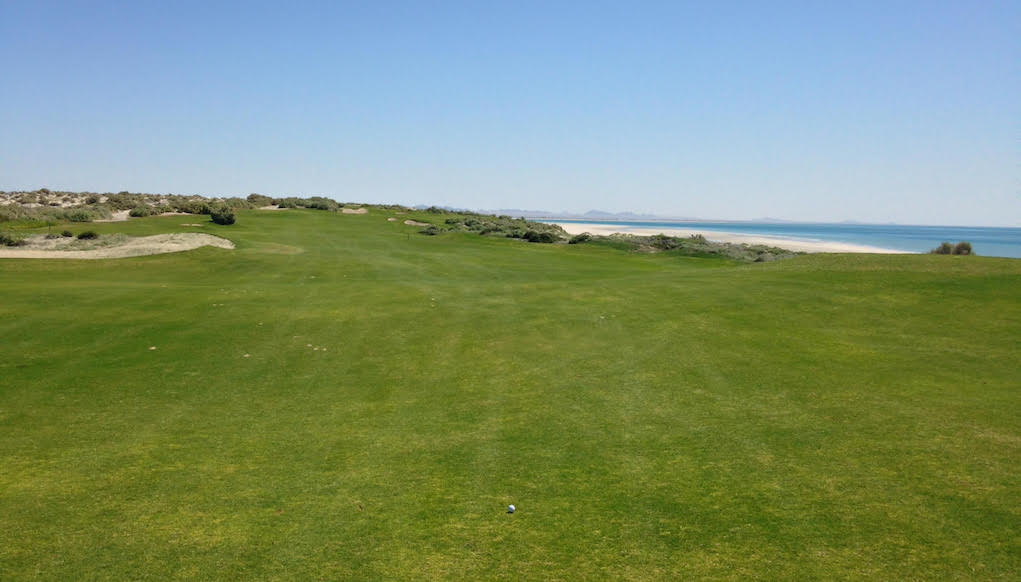
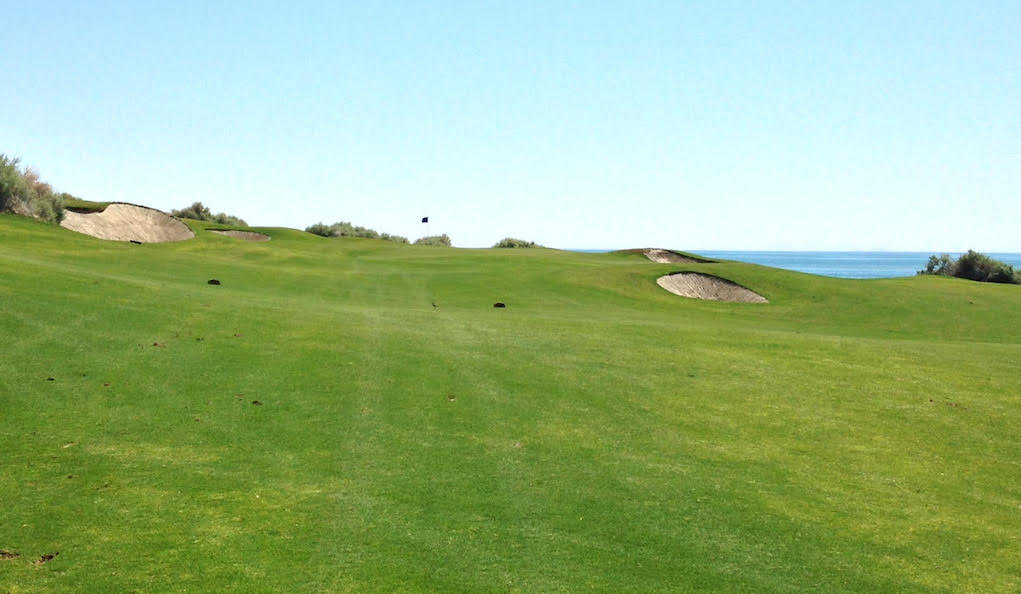
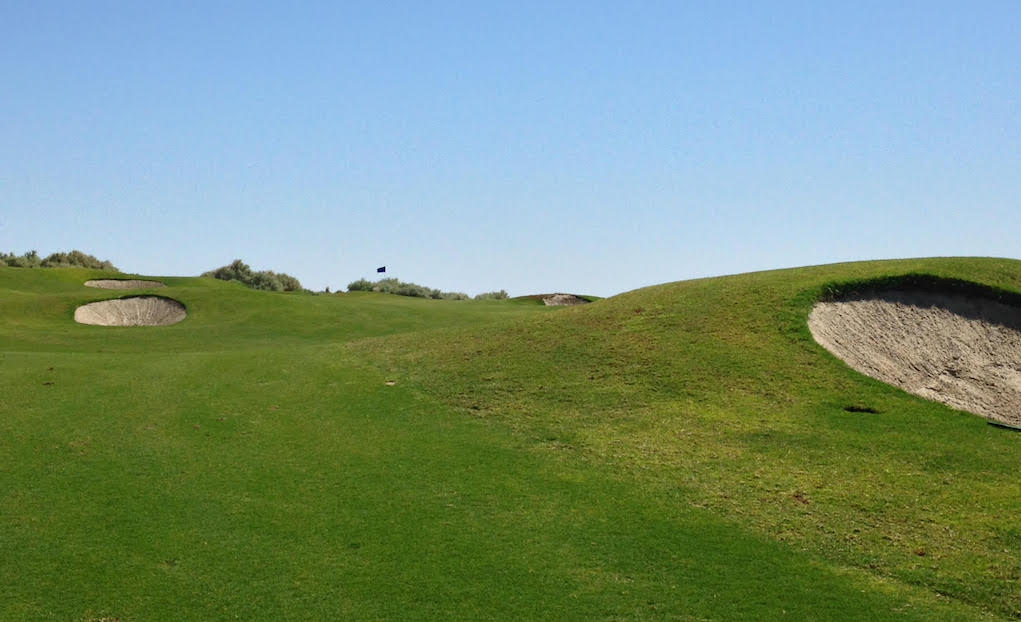
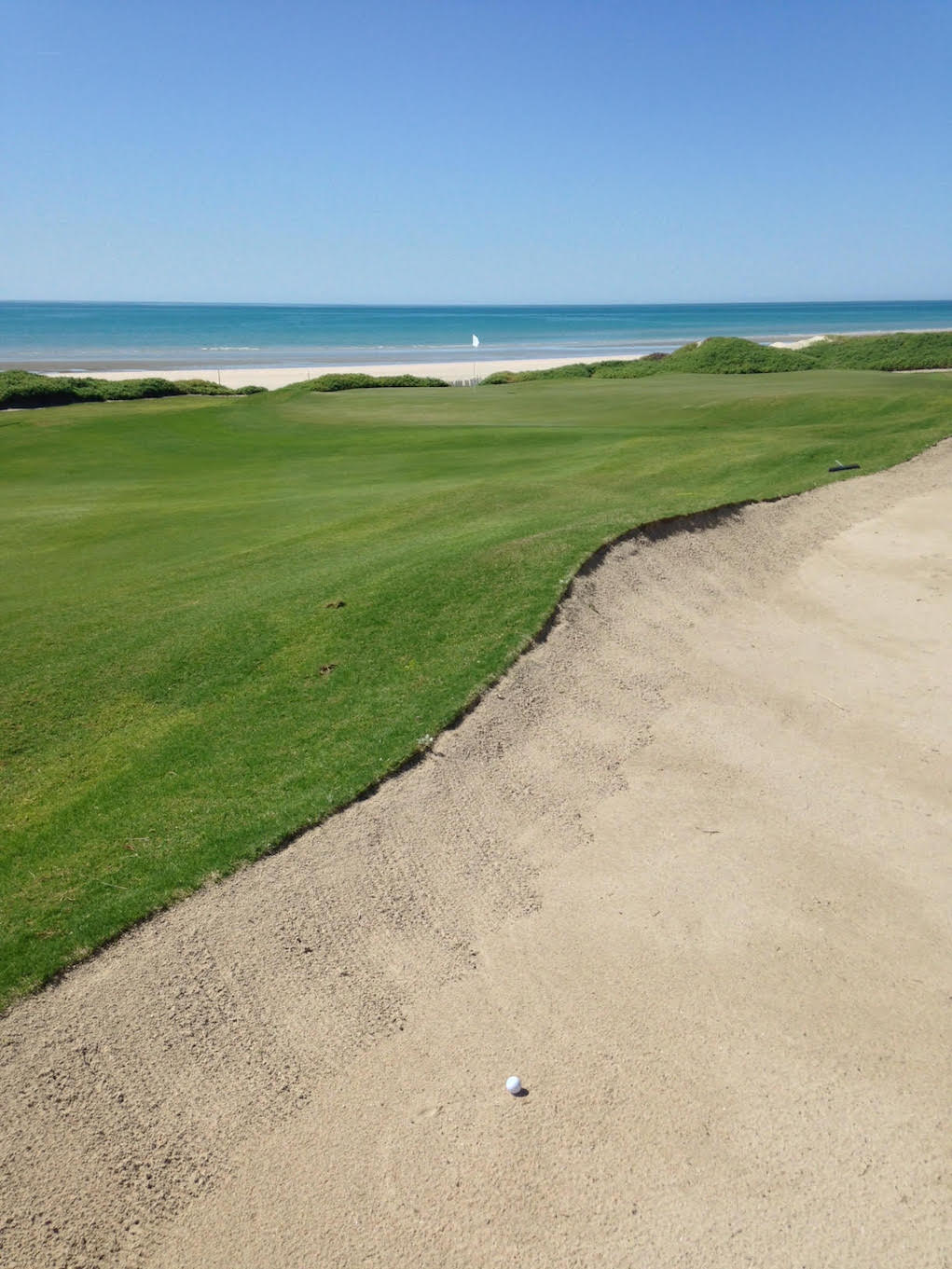
















Richard Grime
Apr 21, 2016 at 9:20 am
How come all of you WRXers are hitting a hard draw 330 down the pipe. I’m off 9 and hit a hard draw 230 if I Flush it!
Other Paul
Apr 1, 2016 at 9:54 pm
If Stickney is using a long iron or hybrid im sure everyone on WRX is hitting a 7iron. Except Mark Crossfield… He he he. Just kidding. I love Mark. Though seriously, i would be hitting the 7 iron if Mr.Stickney is hitting a hybrid ????
Allan
Apr 1, 2016 at 9:00 pm
Great article. The last scenarios would’ve been clearer if there were estimated distances to the pin.
Brandon
Apr 1, 2016 at 12:11 am
Why can’t I just carry the bunker on the drive, and a hard draw with a sand wedge out of the bunker??
devilsadvocate
Apr 1, 2016 at 12:41 pm
Well for starters if you carry the bunkur your not playing your next shot from the bunker
Brandon
Apr 2, 2016 at 12:36 pm
LOL…..true very very true
Robert
Mar 31, 2016 at 8:08 pm
It took me 26 years of hitting golf balls before I finally learned how to play golf. My bad rounds went from being in the low to mid 80’s to mid to high 70’s. I quit trying to hit every shot straight and perfect at the flag. I instead played a game where I played to the right spots of the course working the ball left and right when needed. It was a giant wake up call.
SV
Mar 31, 2016 at 7:15 pm
Reachable par 5. 3 wood, lay up to option 2. Reason: left-handed hooker. Option 1 appears to leave the ball above the feet, accentuating a hook. Therefore the shot comes in hotter, making it harder to hold the green. For option 2 play 5 yards past the pin and don’t fool with the false front. Result: shot at birdie with a “certain” par.
John Daly
Mar 31, 2016 at 5:59 pm
pick up your ball and start drinking is always the right answer
Philip
Mar 31, 2016 at 3:31 pm
At the end of last season it finally clicked how to play the percentages and that aiming directly at the flag is not necessarily the best option for a low score.
Brad
Mar 31, 2016 at 1:49 pm
Fantastic article… Very well thought out, and extremely practical. Keep it up Tom, this was a great read! Maybe because I sided with most of your decisions… but nonetheless, great job.
Christen_the_sloop
Mar 31, 2016 at 9:24 am
Had me until lay-up.
Ian
Mar 31, 2016 at 3:16 pm
Ain’t no shame in a snowman if you were going for it in two.
Joey5picks
Mar 31, 2016 at 6:15 pm
So a boldly-made 8 is better than a conservatively-made 4 or 5? Are you available to play some money games? I could use the extra cash.
Ian
Apr 1, 2016 at 12:20 am
Hero over conservative any day. There is an article on wrx showing that aggressive play wins out over loss aversion.
SouthbayZ
Apr 1, 2016 at 4:30 pm
If Im not mistaken the article you’re referring to talks about the methods of tour players with tour player short game and recovery abilities. Single digit scrambling percentage folks might benefit from conservative play.
Christen_the_sloop
Apr 1, 2016 at 11:09 am
Every hole I play these days has OB left and right. Taught me to focus a lot more and not worry about the result. I’m slinging a draw out there 330 odd yards down the pipe.